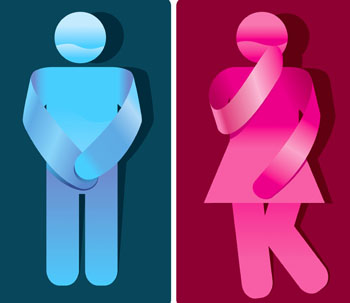Battery-Less Neurostimulator Treats Overactive Bladder
By HospiMedica International staff writers
Posted on 27 Jun 2016
A miniature wireless neurostimulation device could help improve the quality of life for patients with overactive bladder (OAB).Posted on 27 Jun 2016
The Bluewind Medical OAB-1000 is a wireless, battery-less neurostimulator, which is 90% smaller than current typical neurostimulators, allowing physicians to treat OAB with a minimally invasive simple surgical procedure that places it near the tibial nerve, in the lower leg. The device electrically stimulates the tibial nerve, which influences urinary function, and is powered wirelessly by an external control unit worn by the patient for only 30 minutes which can also be used while performing daily tasks without interruption.

Image: The new neurostimulation device is designed to treat an overactive bladder (Photo courtesy of UGNM).
“Today, neurostimulators that treat OAB are large, bulky, and require complex and expensive surgery. BlueWind's implantable microstimulators are significantly smaller, allow for a simple implant procedure, and are easier for patients to use at home,” said Guri Oron, CEO of Bluewind, a company of Rainbow Medical (Herzeliya Pituach, Israel). “This is the first product out of many in our pipeline that will transform neurostimulation and by that, will enable the treatment of millions of additional patients.”
“The device was easy to implant, activate and use. European participants in the study liked the idea of such a small implant and a very short procedure,” said Sohier Elneil, MD, of University College London (UCL; UK) and the National Hospital for Neurology and Neurosurgery (NHNN; London, UK). “They were very favorable to having the flexibility and sense of control by treating themselves at home. The patients were also relieved from the burden of logistics associated with therapy in the clinic.”
Percutaneous neuromodulation (PTNM) works by delivering a gentle electrical pulse to the tibial nerve in the skin near the ankle via a neurostimulator. The electrical stimulation is thought to indirectly activate the central nervous system (CNS) to help alleviate OAB symptoms such as urinary frequency, urinary incontinence, and urge incontinence episodes.
Related Links:
Rainbow Medical
National Hospital for Neurology and Neurosurgery














